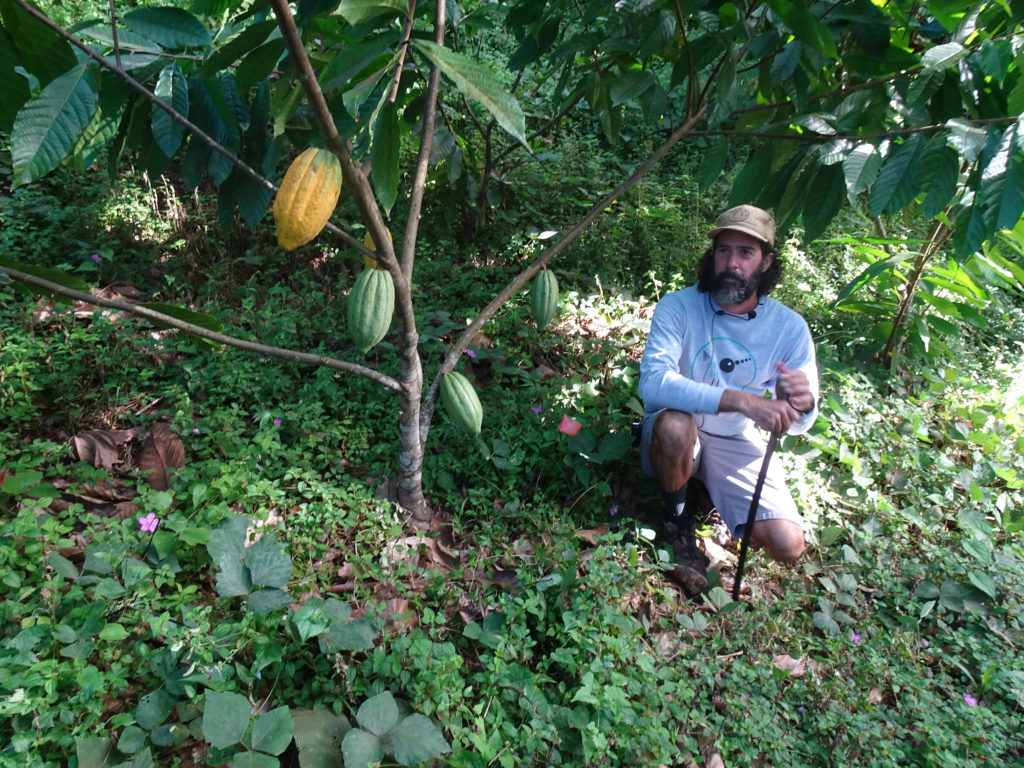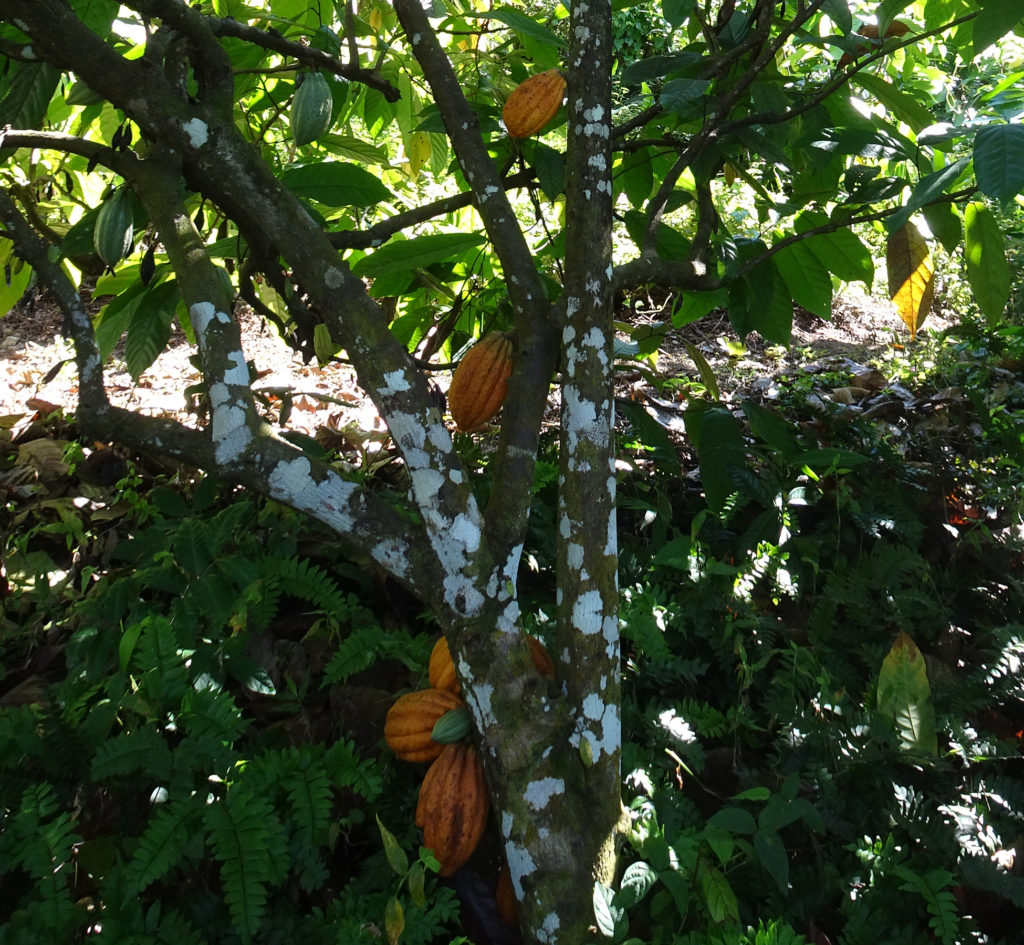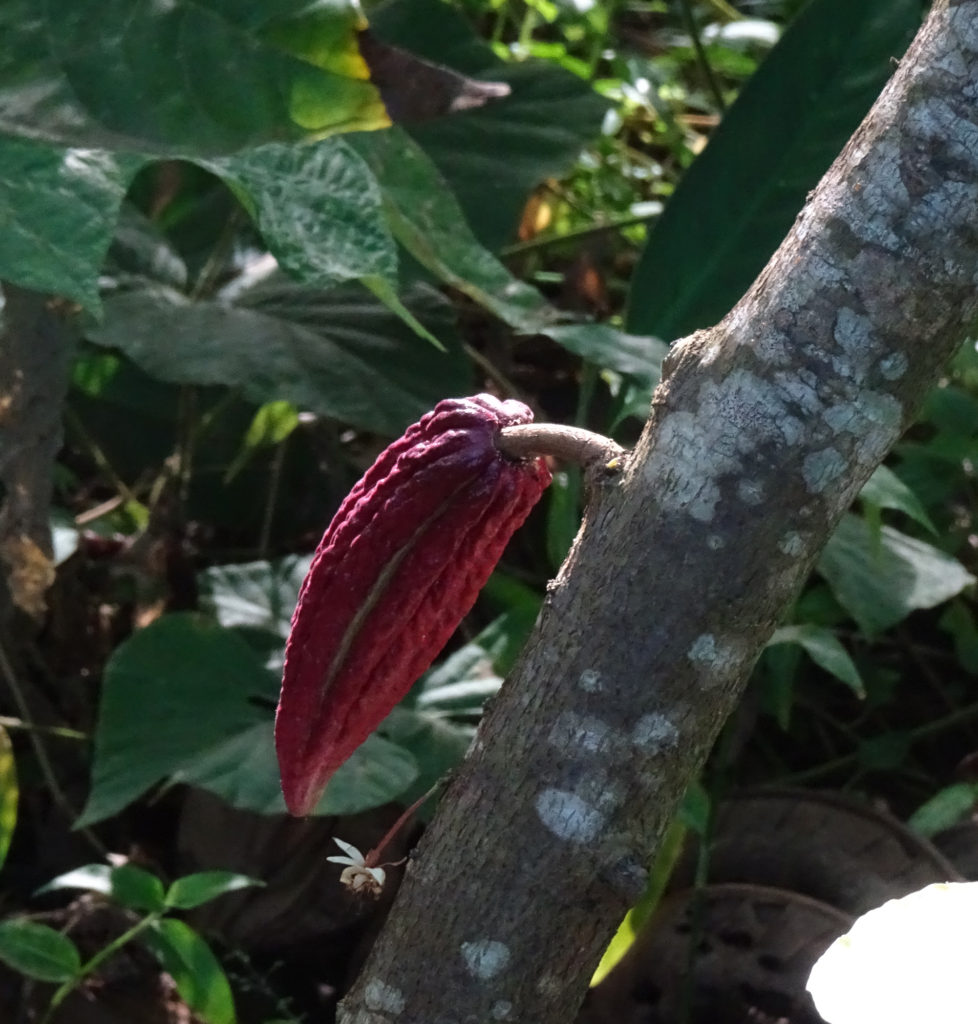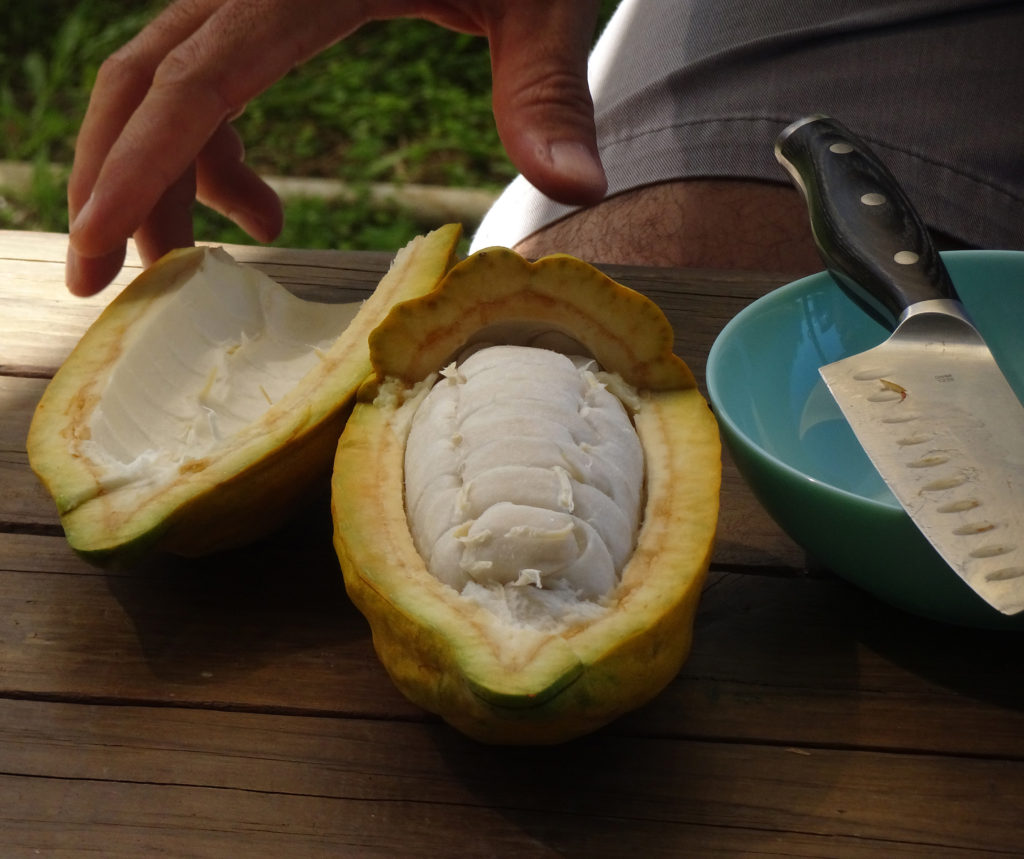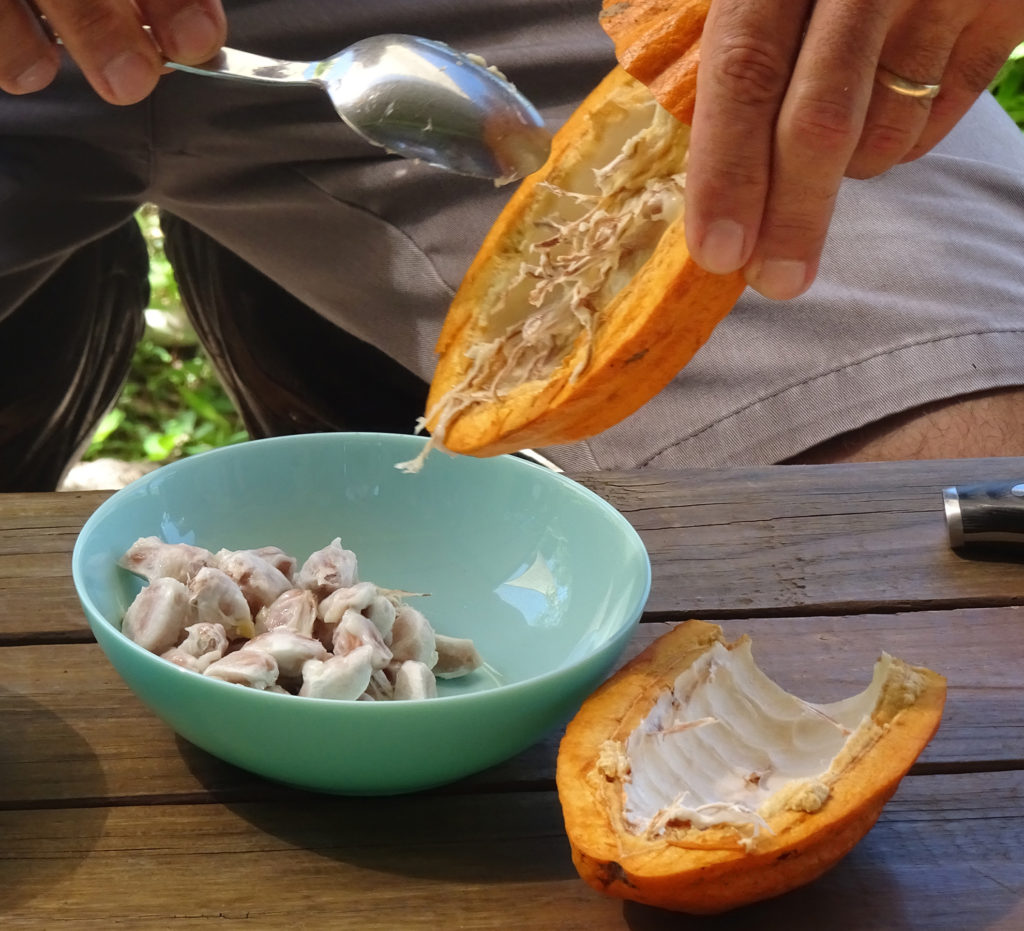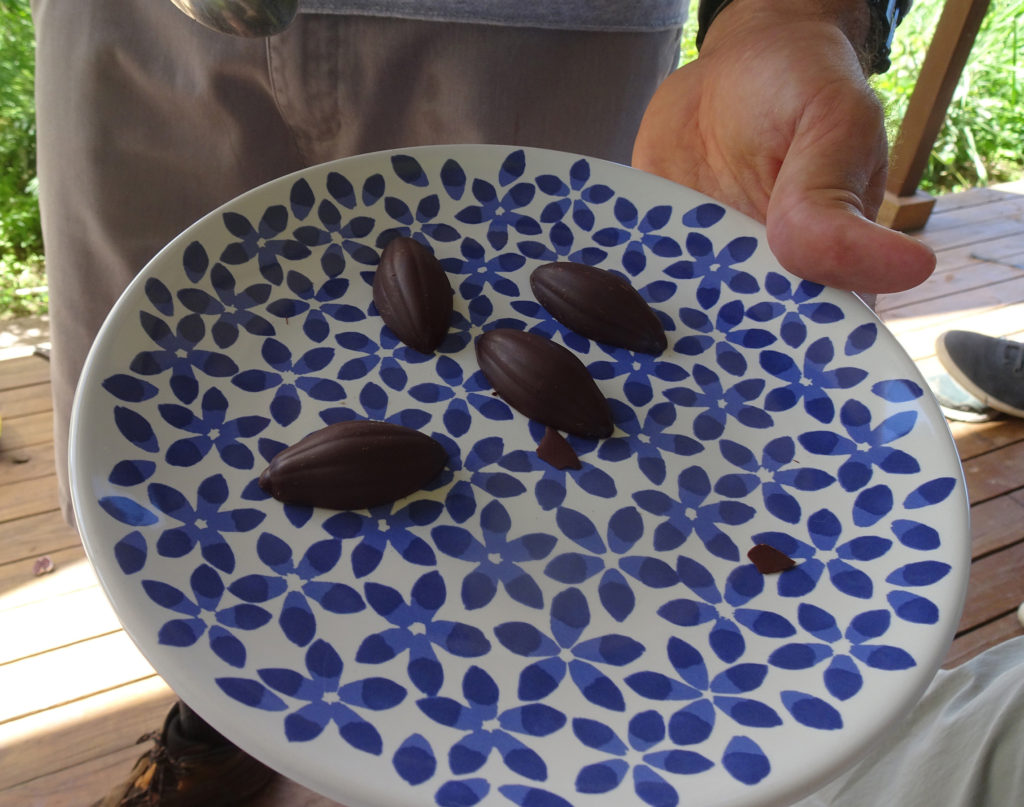We donned dorky paper chef hats when Christan from the Joy Squad took us on a 90-minute tour behind the scenes of the massive Vidanta Resort in Nuevo Nayarit/Vallarta, Mexico. From housekeeping, to food service, to wine, to excruciatingly delicious gourmet chocolates, we had a chance to see how a large luxury resort is run.
Vidanta has six resorts in Mexico, and Nuevo Vallarta, just north of Puerto Vallarta, is the flagship, with 5,000 employees trained to serve guests with an amazing attention to detail to make their experiences at Vidanta extraordinary.
We traveled through 1.7 kilometers of tunnels in an open-air van escorted by a staff member on a segway. In the huge bowels of the complex, we found administrative offices, carpentry, laundry, vehicle repair, electrical repair, spare parts, supplies management, bakery, ice cream factory, homemade jams, grocery store, trash and recycling (11 tons of recycling per day!). We saw one of the employee cafeterias, the staff gym, shuttle buses for employees, a hospitality training classroom, and a simulator in which staffers learn to serve meals, clean and prepare bedrooms, and more. We were treated to bread, jams, charcuterie, chocolate, and – the best surprise of all – discovered a wine cave for tasting!

The Heart of the House Tour runs once a week, on Wednesdays, and is limited to ten people. It’s worth a few hours in the morning if you’re curious about how Vidanta is run. And it’s worth it to see chocolate high-heeled shoes!
Info:



